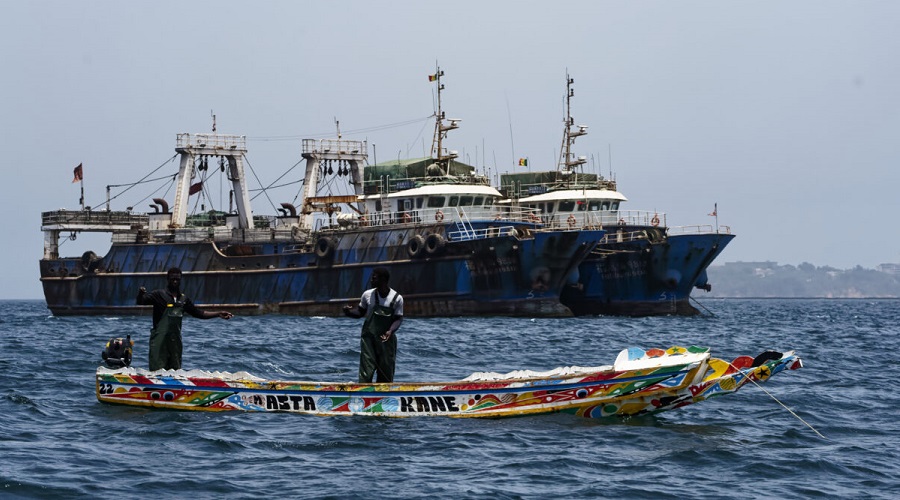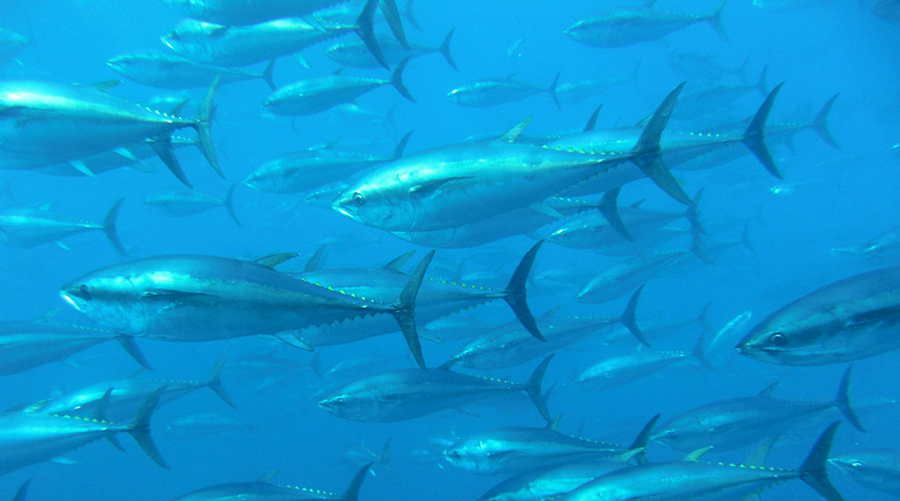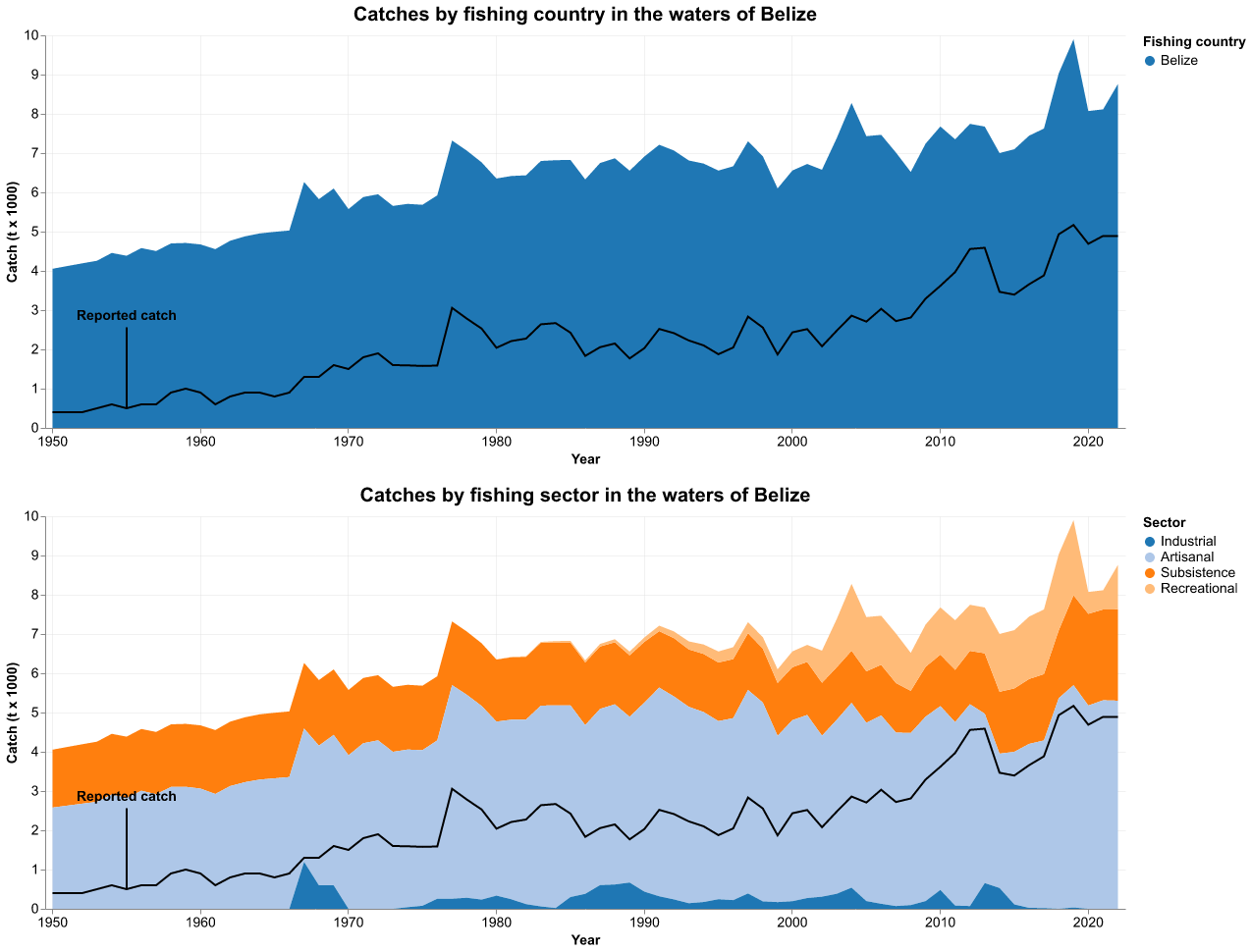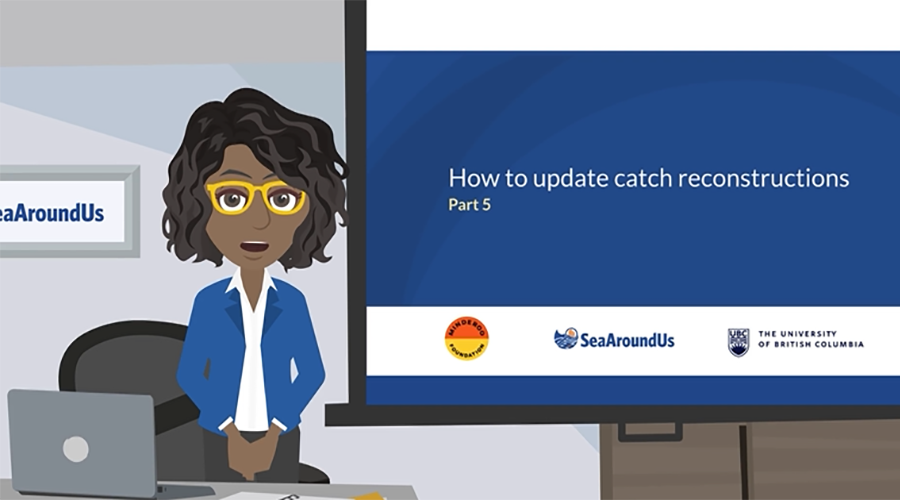Starting in the second half of 2024, the Sea Around Us team embarked on a large-scale project aimed at reviewing the catch reconstructions available in the database for every maritime country and territory, and updating them to 2022.
Category: New Research
Foreign overfishing fuels Senegal’s deadly migration crisis to Europe

Port of Dakar. Photo by Garth Cripps ©, Coalition for Fisheries Transparency.
The decades-long overexploitation of the marine fisheries resources of most West African countries is one of the top drivers of illegal immigration to Europe via deadly routes through the Atlantic, the Mediterranean, and the Strait of Gibraltar.
Indian Ocean fisheries fuel global nutrition — but the benefits are leaving the region

Mogadishu’s fish market. Image by AMISOM Public Information, Wikimedia Commons.
Indian Ocean fisheries are vital for global nutrition as they provide 12 per cent of wild-caught seafood worldwide which, in turn, corresponds to nearly 30 per cent of all calcium from seafood, 20 per cent of vitamin A, 15 per cent of iron, and 13 per cent of vitamin B12.
Sea Around Us launches catch reconstruction course to empower global fisheries research
Sea Around Us data users interested in learning how to perform a catch reconstruction update now have access to a suite of free video tutorials.
The step-by-step guides, available in English with carefully curated subtitles in Arabic, Chinese, French, Indonesian, Italian, Spanish and Turkish, (with more languages on the way), are presented in an easy-to-understand animated video format led by a researcher named Ola.
Leading scientists call for permanent ban on high seas exploitation

Bluefin tuna. Image by Tom Puchner, Flickr
Extractive activity in international waters – including fishing, seabed mining, and oil and gas exploitation – should be banned forever, according to top scientists.
The high seas, the vast international waters beyond national jurisdiction, cover 43 per cent of the planet’s surface and two-thirds of its living space. Yet they remain largely unprotected and increasingly threatened by overfishing, climate disruption and the rising interest in deep-sea mining.



